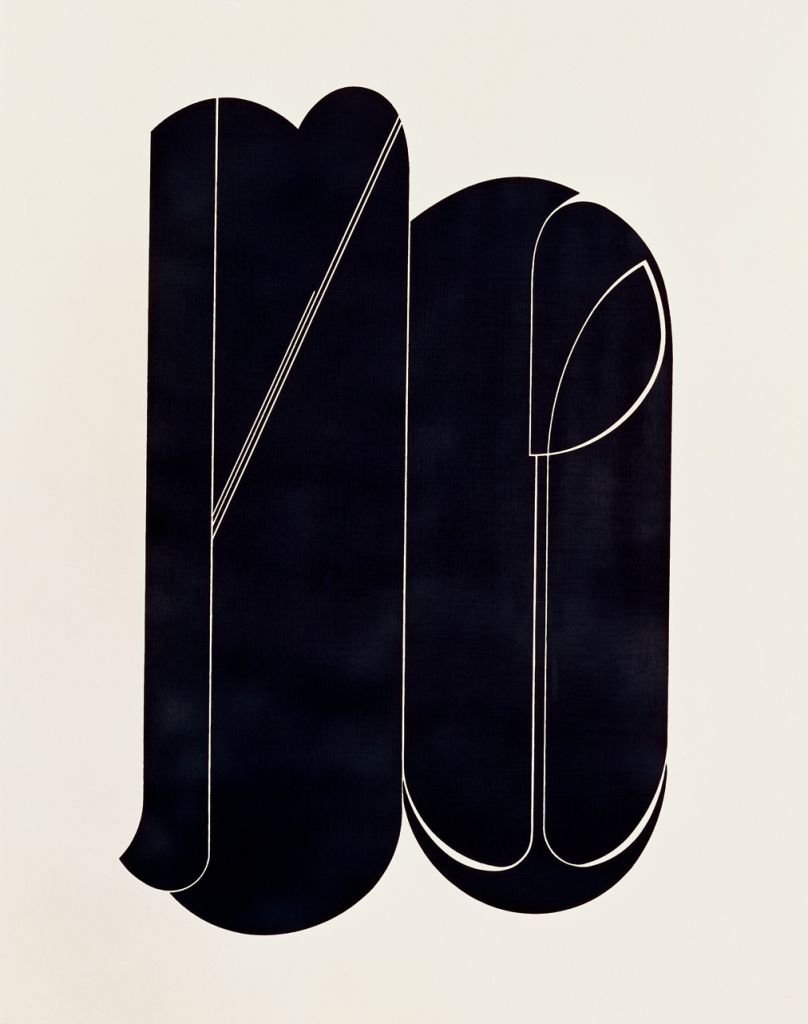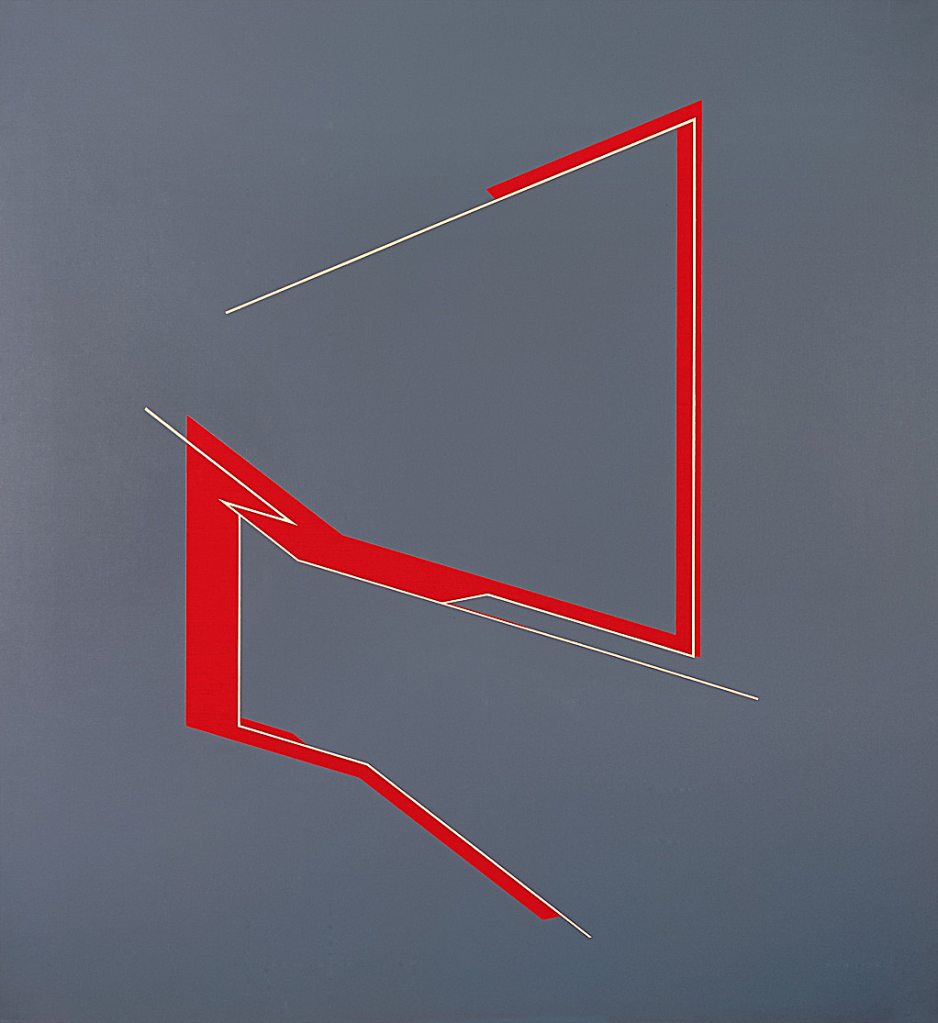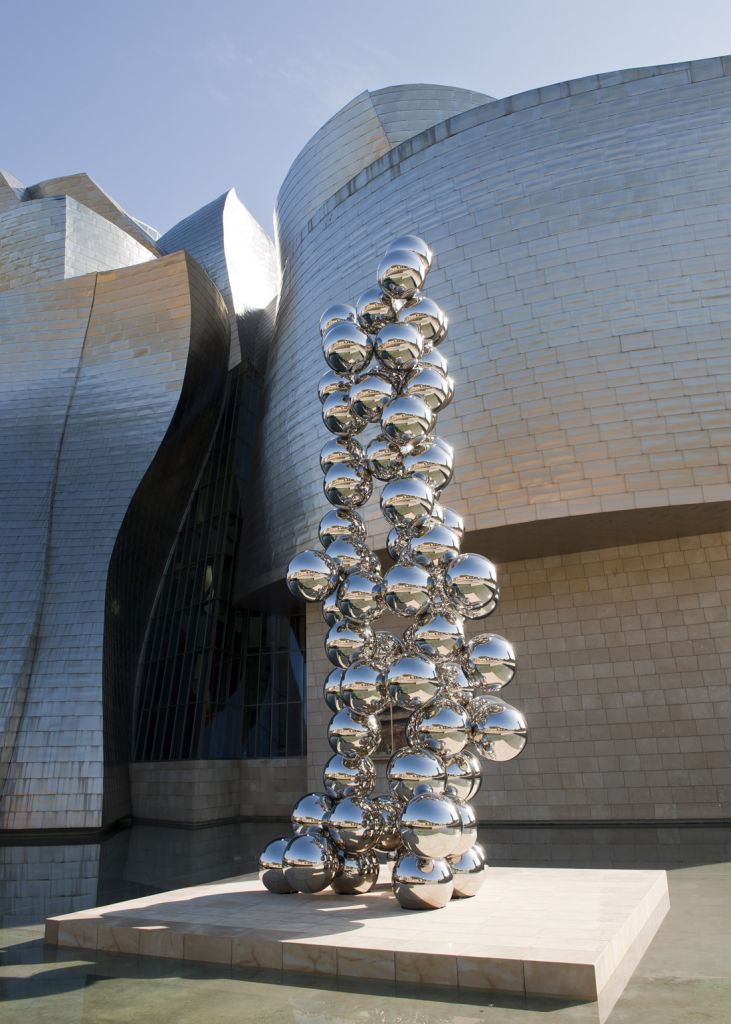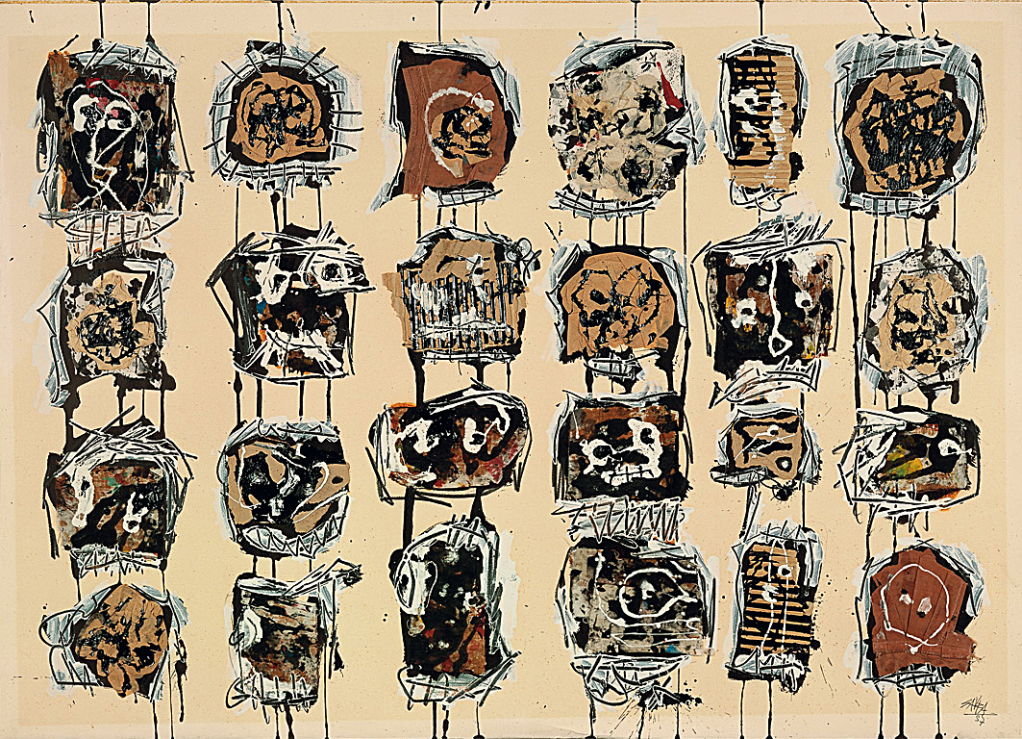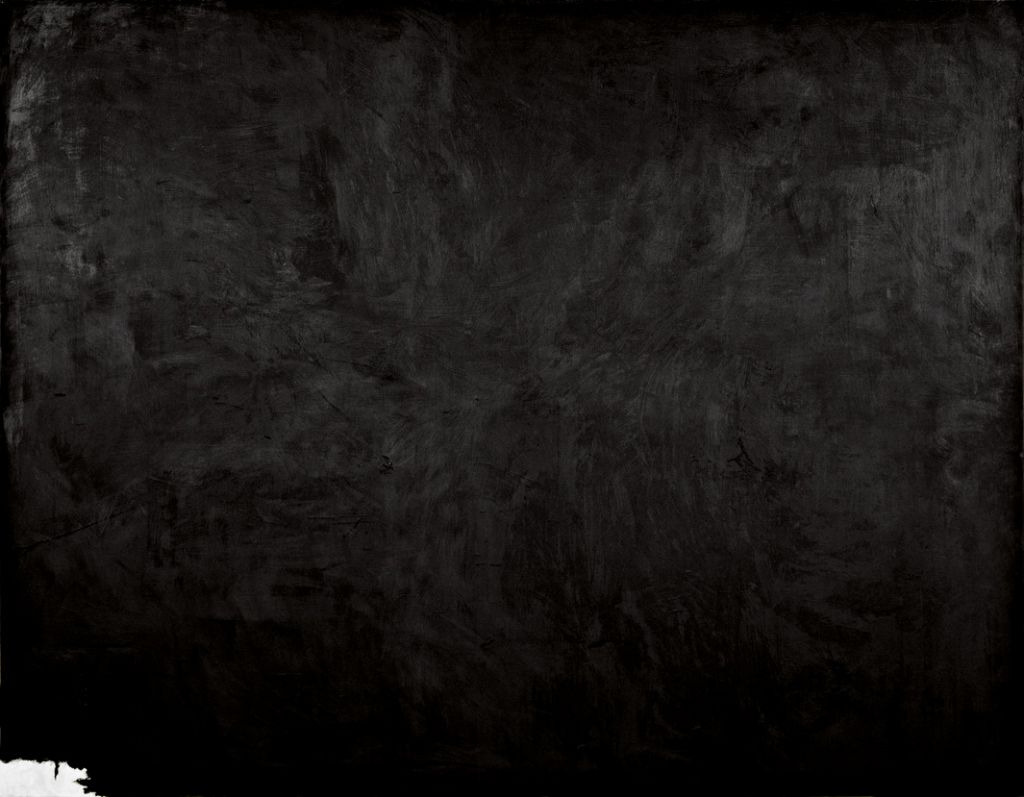Circino XXXVII
2003Oil on canvas183.5 x 147.5 x 3.5 cm
Over the course of his nearly seven-decade-long career, Pablo Palazuelo developed a highly personal form of geometric abstraction that was informed by esoteric teachings, the Kabbalah, and Eastern philosophy, as well as mathematics and science. Like the sculptor Eduardo Chillida, whom he befriended upon moving to Paris in 1948, Palazuelo initially studied architecture before he decided to become a full-time painter in 1939. (He later ventured into three dimensions as well, producing sculpture beginning in 1954.) In the 1940s he was influenced by the abstraction of Paul Klee, and by the early 1950s—inspired by his reading of Theosophy and hermetic texts that dealt with the connections between numbers and the sacred or the psychic, and the correspondence between sounds and colors—Palazuelo committed himself to a language of geometric forms. For Palazuelo, geometry lay at the origin of life and constituted the most inventive process, permitting a vision of hidden structures, potential new forms, and the metamorphosis of one form into another.
In 2002 Palazuelo began working with oval shapes in his Circino series, the title of which comes from the Latin verb for making a circle. The curving forms in works such as Circino XXXVI and XXXVII (both 2003), in the Guggenheim Museum Bilbao collection, suggest a state of flux and transformation. The reduced palette is also significant: Palazuelo was drawn to black and white as a means of expressing contrasting energies. He sought to convey a maximum tension between an intense light and a profound darkness—a bipolarity with inevitable symbolic and alchemical connotations.
Source(s):
Kevin Power. "Pablo Palazuelo." In Guggenheim Museum Bilbao Collection. Bilbao: Guggenheim Museum Bilbao; Madrid: TF Editores, 2009.
Original title
Circino XXXVII
Date
2003
Medium/Materials
Oil on canvas
Dimensions
183.5 x 147.5 x 3.5 cm
Credit line
Guggenheim Bilbao Museoa

